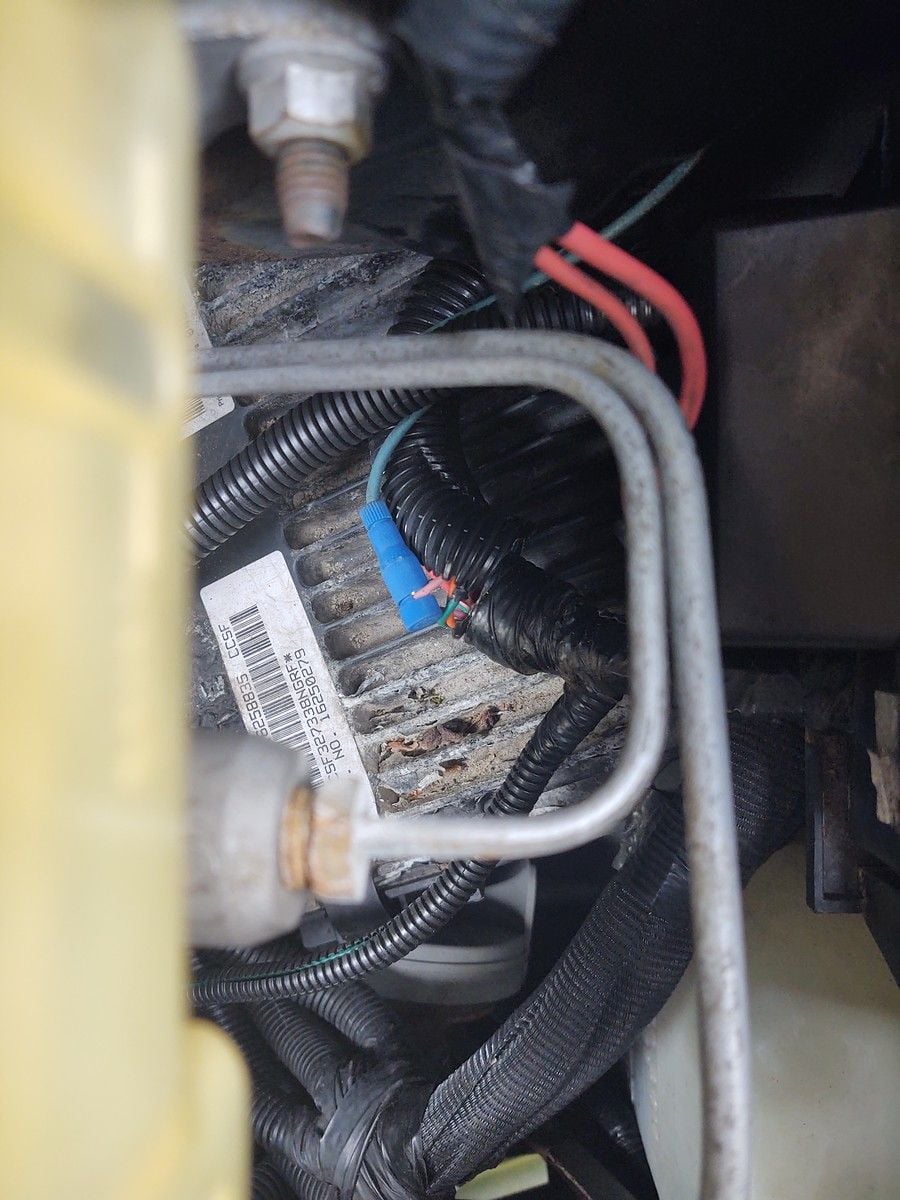
- #BATTERY ISOLATOR RELAY LOCATION HURRICANE INSTALL#
- #BATTERY ISOLATOR RELAY LOCATION HURRICANE UPGRADE#
- #BATTERY ISOLATOR RELAY LOCATION HURRICANE PORTABLE#
You’ll want a special charger when using lithium in a vehicle, one that uses an isolated DC-DC converter.
#BATTERY ISOLATOR RELAY LOCATION HURRICANE INSTALL#
Note that if you have flooded lead cells, you should not install them in your vehicle, as they can emit dangerous hydrogen gas when overcharged. For that reason, most lithium cells should be placed inside the vehicle while lead batteries can be housed elsewhere in the vehicle chassis. Why Not Go Lithium?Ĭold temperatures can reduce the usable capacity of lithium cells, and they can’t be changed below 32 degrees. Lithium also performs better in warm weather than lead. Lithium can be charged faster and is much more shelf-stable - you don’t need to keep it on a tender. Lithium is 60% lighter than comparable lead batteries and 20% smaller. In a van camper, every cubic inch is important. (Photo/ Amazon)Īdding to the value proposition, lithium is smaller and lighter. There are also some lead AGM batteries that can last 1,000 cycles, but you’ll pay more accordingly. The equivalent utility you get from lithium would cost 2 x $250 x 4 replacements = $2,000 in lead cells! Do the math - lithium is less than half the price of lead in the long run. You’d need to replace your lead battery four times as often. A typical lead battery will last at most 500 cycles, while a lithium battery will last at least 2,000. That means you need two 100Ah lead batteries for the same useable energy. However, you can only discharge a lead battery to 50% or it will die prematurely. A Dakota 100Ah lithium battery will cost you about $900, whereas an entry-level 100Ah lead battery only costs $250. Lithium can save you money in the long run.
#BATTERY ISOLATOR RELAY LOCATION HURRICANE PORTABLE#
My solution was to assemble a portable secondary lithium pack - and it’s a solution that is now more approachable than ever. I often take my work on the road and so exactly 4 years ago, I found myself looking for a way to be powered for longer.

#BATTERY ISOLATOR RELAY LOCATION HURRICANE UPGRADE#
I don't use the trailer that much so I can always remove the batteries to charge if needed.Home » Camper & RV » DIY: Upgrade Your Van Life With a Lithium BatteryĮlectricity is so interwoven into our daily lives that we take it for granted - that is, until the next ice storm knocks out your power, or you can’t attend that Zoom meeting because your laptop is out of juice. Now you got me thinking! I may even use one of the new house batteries in Parallel with the breakaway to have more capacity (both are 5 A/h batteries). I will monitor the battery voltage with an LED meter. The extra batteries I bought will stay charged in the shop and I can easily replace the battery if needed. I can leave the wiring "as is" and not add the isolator. I will put a junction box where the battery is now when I move the battery to the inside. I plan on adding conduit to the exposed wiring past the pigtail of the harness to underneath the trailer.

And it gives me a good excuse to go ahead and add LED lights to the inside. I had someone break into my trailer this past week and I am now trying to fortify it with an independent alarm system. I hadn't thought about that! Even though the house battery is the same as the breakaway battery, I may move it to the inside of the trailer instead of on the tongue where it is now.


 0 kommentar(er)
0 kommentar(er)
